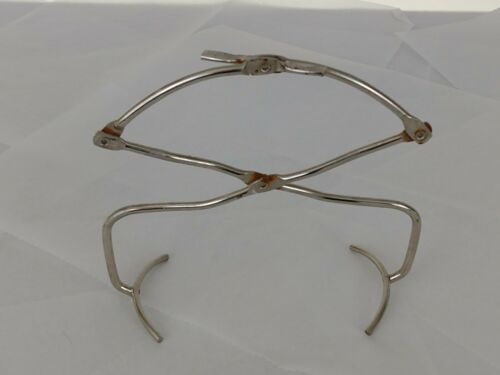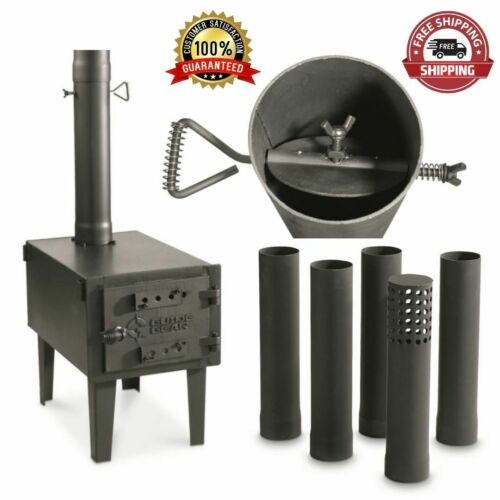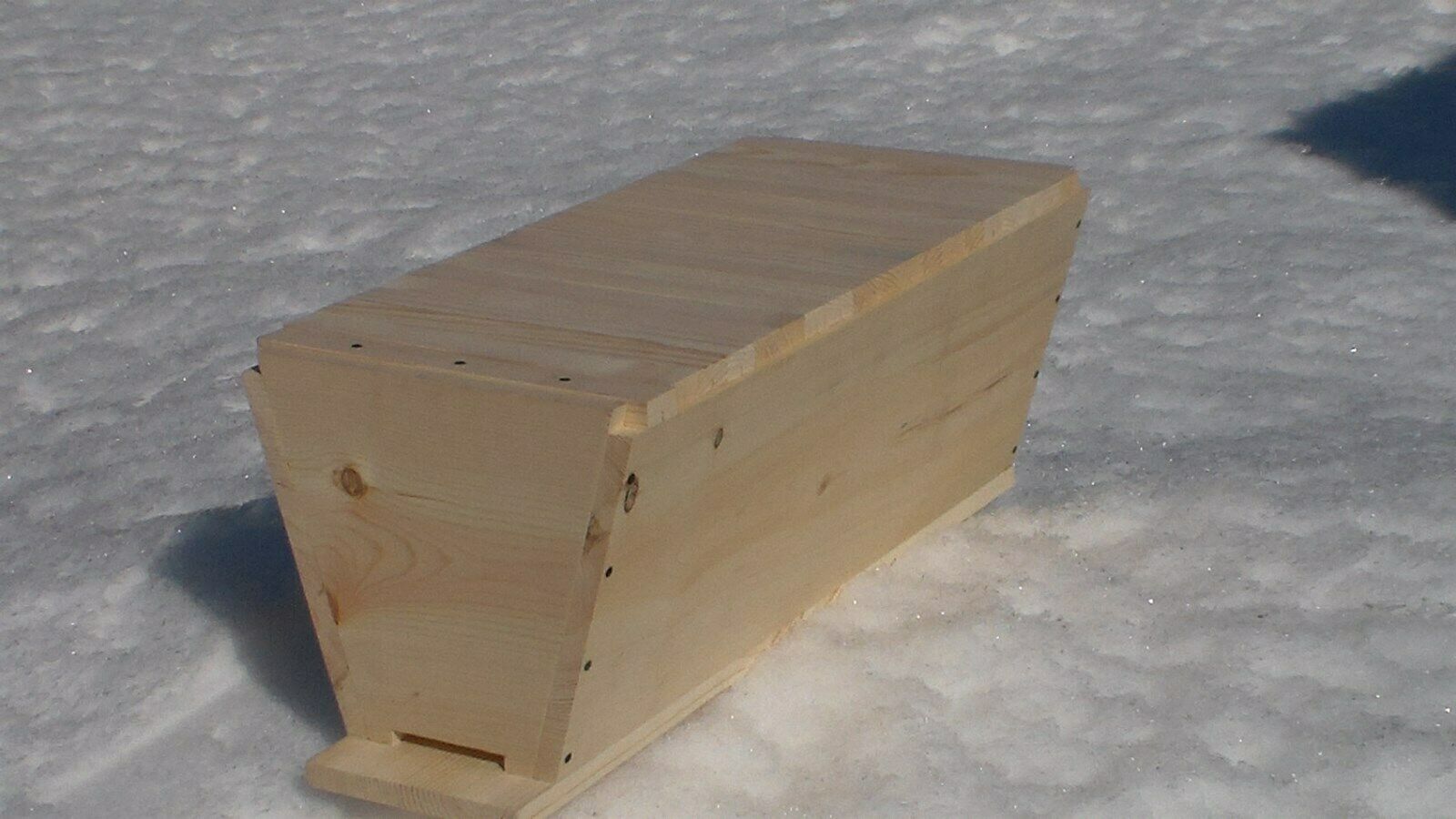Kenya Bee Hive Top Bar Hive, Bee Keeping Hive Hive Only LARGE
KENYA LARGE TOP BAR BEE HIVE ONLY 28 Bars CEDAR SHINGLE ROOF IS AN UPGRADE & WILL BE ASSEMBLED. EXTRA $45.00 See Below for Other Listings That might be Right for You! ( Including Cedar Roof and Feeder )Please Copy and then paste the desired title in the search Bar! Alaska, Hawaii, US Virgin Islands,
KENYA LARGE TOP BAR BEE HIVE ONLY 28 Bars CEDAR SHINGLE ROOF IS AN UPGRADE & WILL BE ASSEMBLED. EXTRA $45.00 See Below for Other Listings That might be Right for You! ( Including Cedar Roof and Feeder )Please Copy and then paste the desired title in the search Bar! Alaska, Hawaii, US Virgin Islands, and Puerto Rico extra delivery charge check shipping chart. This KTBH is constructed with A and B grade pine. The overall measurements of the hive body is approx. 48″ There are 28 bars. The unit has an end entrance for the bees. You may paint if you like but these hives are shipped with no paint or stain used on this hive. So what are top bar hives? The principle is simple: a box with sticks across the top, to which bees attach their comb. There are many variations on this theme and all have the essential guiding principle of simplicity of construction and management. There are no frames, no queen excluders, no ekes, no mouse guards, no supers, no foundation and there is no need for extractors, settling tanks, filters, de-capping knives… in fact no need for any other equipment or storage space, other than that provided within the hive itself. And if you have just spent an hour leafing through suppliers’ catalogues, wondering how you can possibly afford to keep bees, that will come as some relief! So what does it really take to become a beekeeper? The essentials are simple enough: some sort of hive, a hat and a veil, an old, white shirt and – to start with at least – maybe some gloves – and the agreement of the people who share your living space. It doesn’t matter whether you are a town or a country dweller, so long as there is an abundant and varied supply of flowering plants from early spring onwards. In fact, bees often do better in well-gardened, urban areas than in the ‘green desert’ of modern, industrial farm land. Building a top bar hive is no more difficult than putting up shelves and can be done using hand tools and wood. Top bar beekeeping really is ‘beekeeping for everyone’ – including people with disabilities, bad backs, or a reluctance to lift boxes: there is no heavy lifting once your hives are in place, as honey is harvested one comb at a time. From the bees’ point of view, top bar hives offer weatherproof shelter, the opportunity to build comb to their own design – without the constraints of man-made wax foundation – and minimal disturbance, thanks to a ‘leave well alone’ style of management. So where do you get bees from? You can buy them or catch them, or if you are lucky, they will adopt you! Catching or luring a swarm is by far the most fun – and much easier than you might think. Bees swarm in response to their instinct to reproduce – mostly in spring and early summer – and the sight of a swarm in flight is certainly impressive. However, contrary to popular belief, this is the time when they are least likely to sting you: their only concern at that moment is to find a new place to live. So if you offer them the right sort of accommodation at the right time – such as a pleasant-smelling, cozy beehive – they are very likely to move in of their own accord. Many people become beekeepers by enticing a passing swarm using a few drops of citronella or lemon grass oil, or better still, rubbing the inside of the hive with pure beeswax. Capturing a swarm is not difficult either – holds a basket or cardboard box under their football-sized cluster on a tree branch and give a good shake! It is not always as easy as that, but it is rarely as difficult as getting a cat out of a tree. If you think you want to keep bees, I suggest you first get to know a local beekeeper who is willing to let you visit and handle their bees. Most beekeepers’ associations have ‘meet the bees’ days during the spring, giving newcomers a chance to see inside a hive and test their responses to being surrounded by bees. THANK YOU.Listings That might be Right for You! Please Copy and then paste the desired title in the search Bar! “Kenya Bee Hive Observation, FREE SHIPPING, Top Bar Hive, Bee Keeping Hive Large”Price – $289.00 Plywood Roof “Kenya Bee Hive Observation, Window Top Bar Hive, Bee Keeping Hive Medium”Price – $175.00 Plus Shipping Plywood Roof “Kenya Top Bar Bee Hive Observation Keeping w/Cedar Roof/Feeder/Legs Med COMPLETE”Price – $339.00 FREE SHIPPING (CEDAR ROOF + FEEDER UPGRADE) Medium. Look below for Large. “Kenya Top Bar Bee Hive Observation Keeping w/Cedar Roof/Feeder/Legs LG COMPLETE”Price – $359.00 FREE SHIPPING (CEDAR ROOF + FEEDAR UPGRADE) LARGE. “Kenya Bee Hive Observation, FREE SHIPPING Top Bar Hive, Bee Keeping Hive Medium”Price – $269.00 Plywood Roof.







Comments
Comments are disabled for this post.